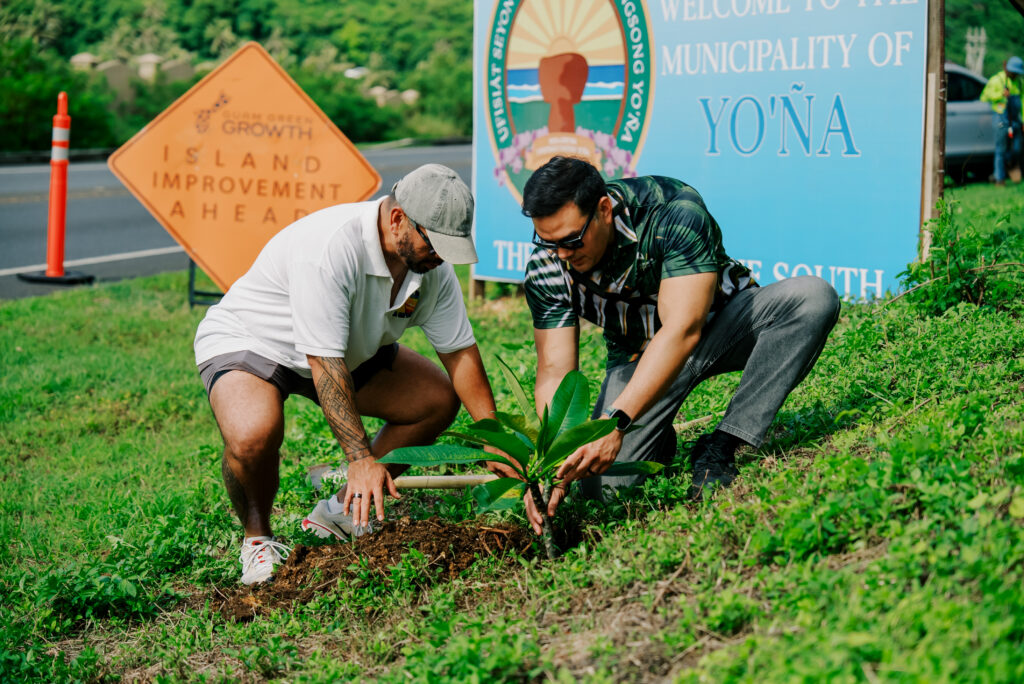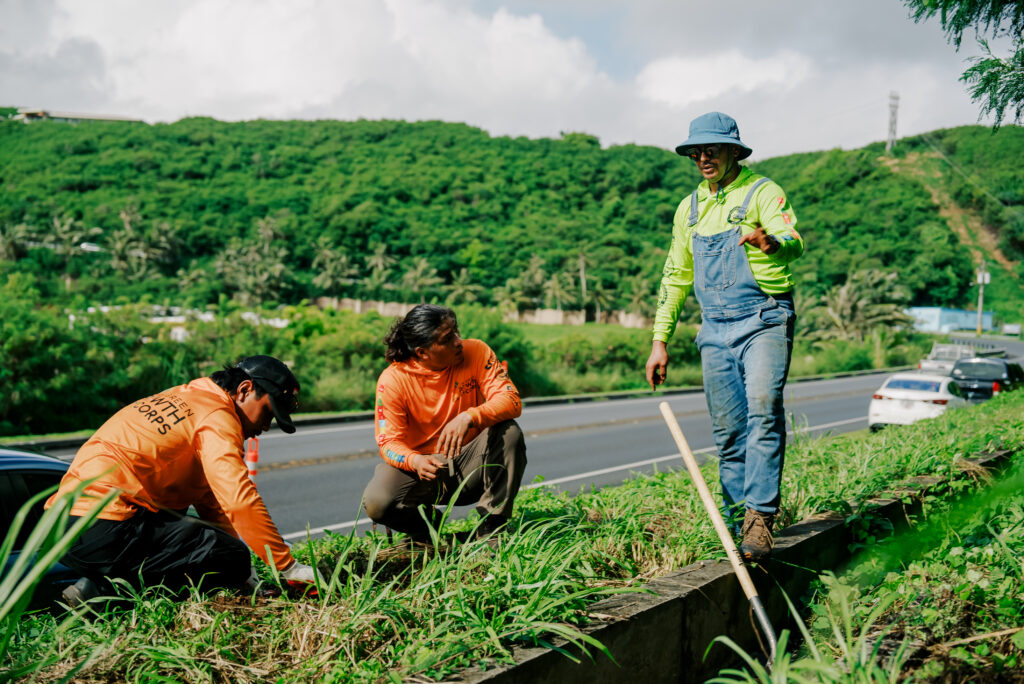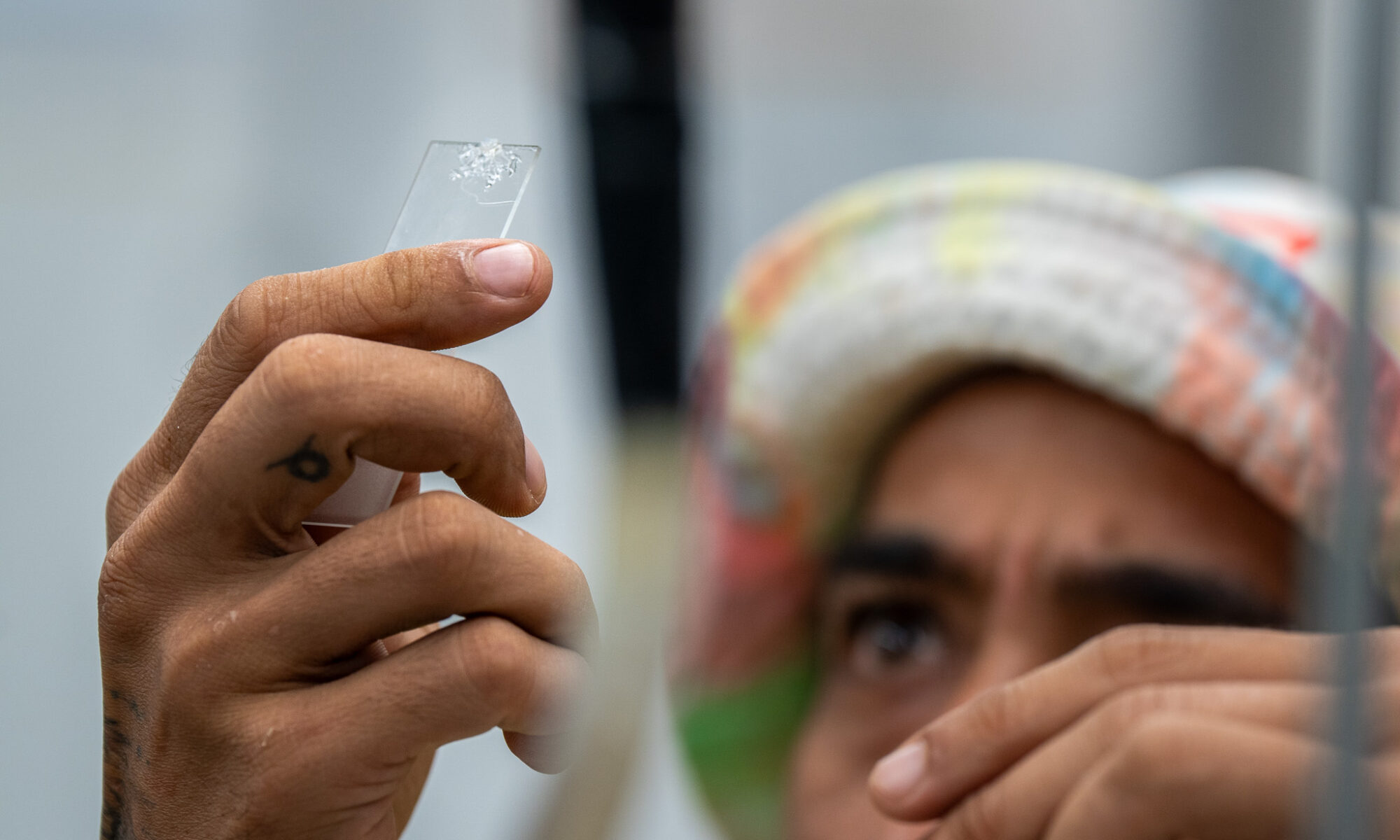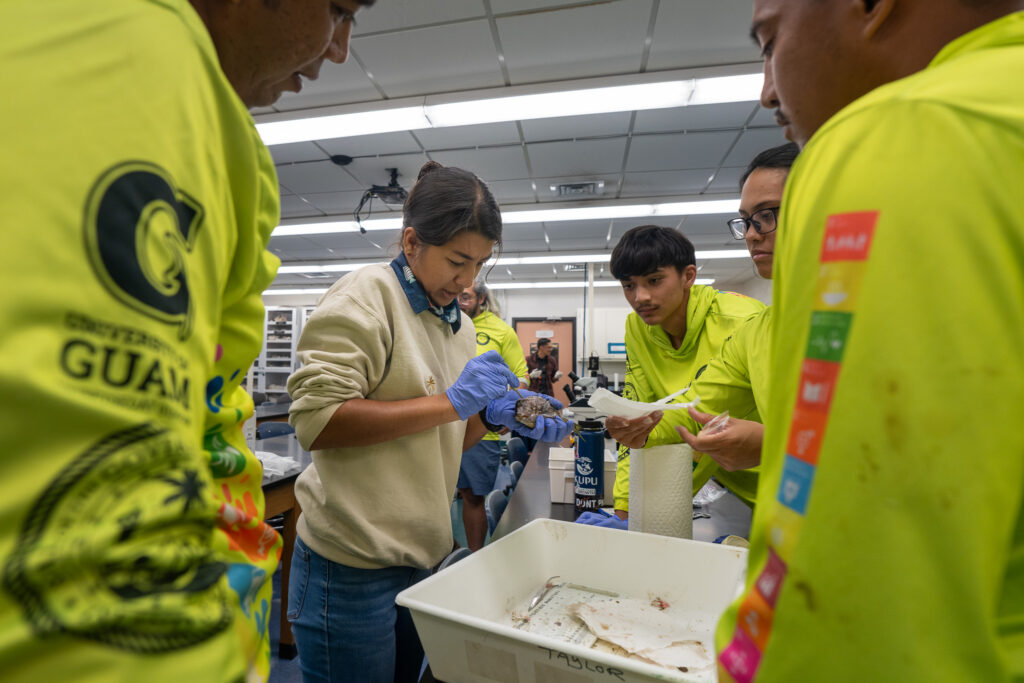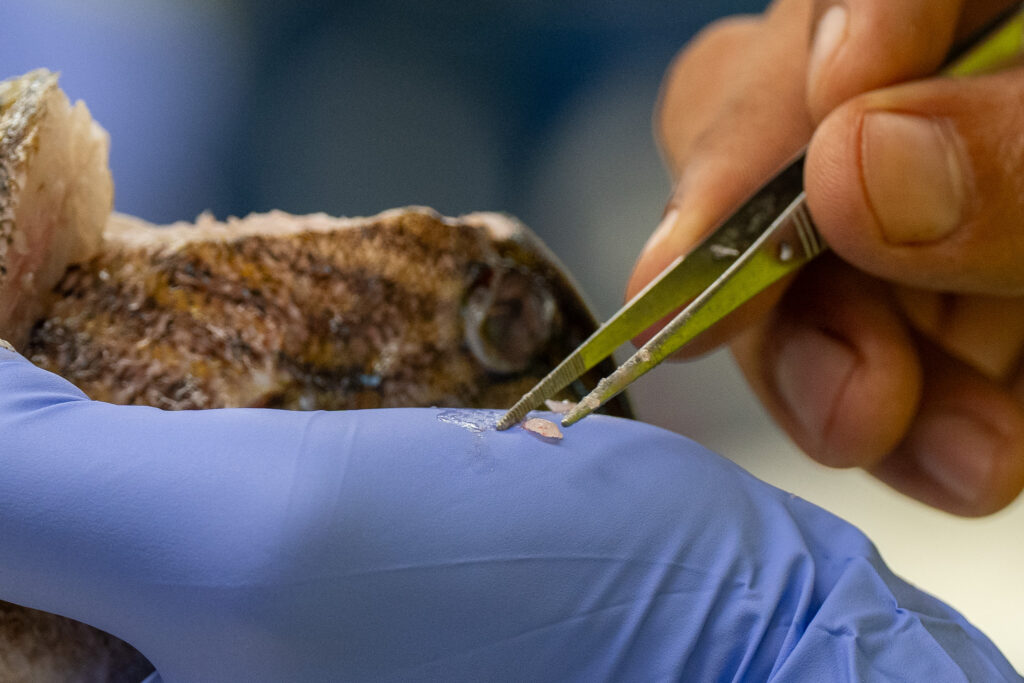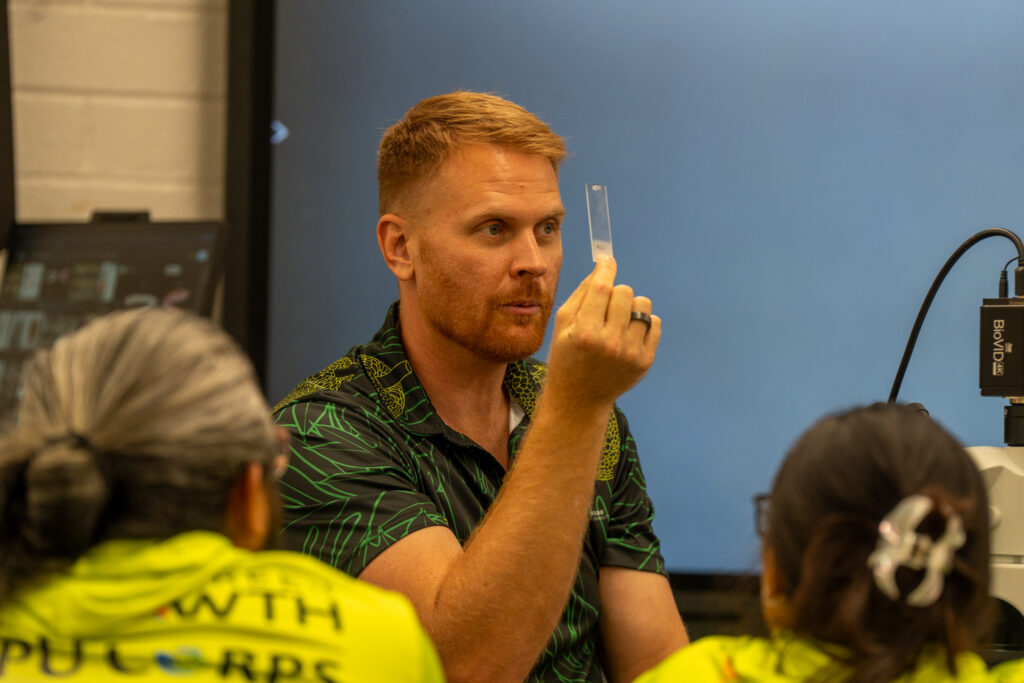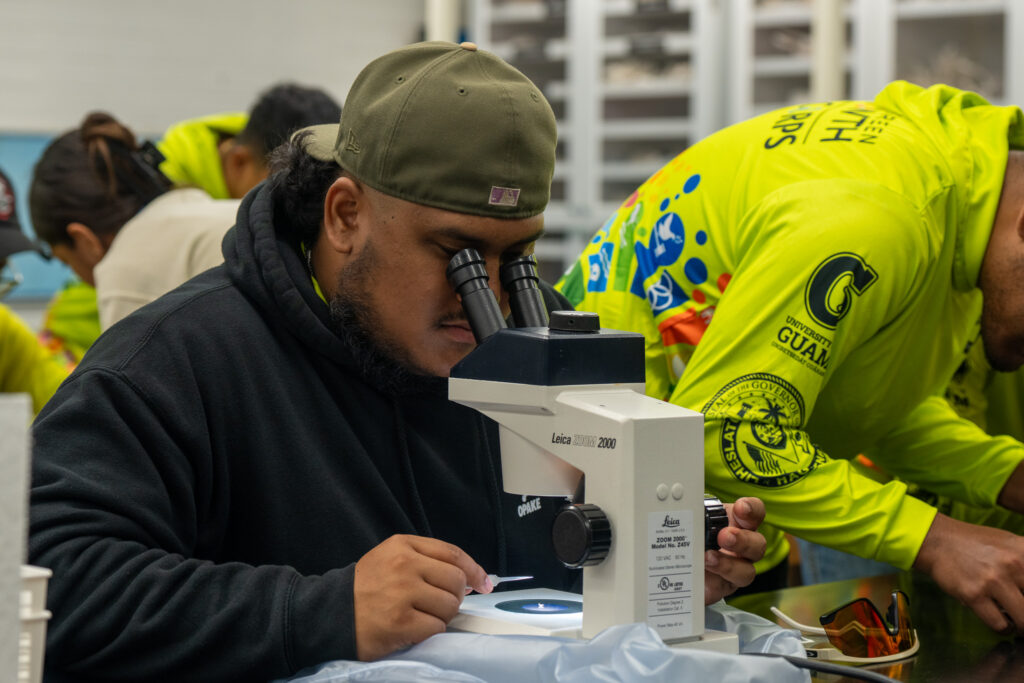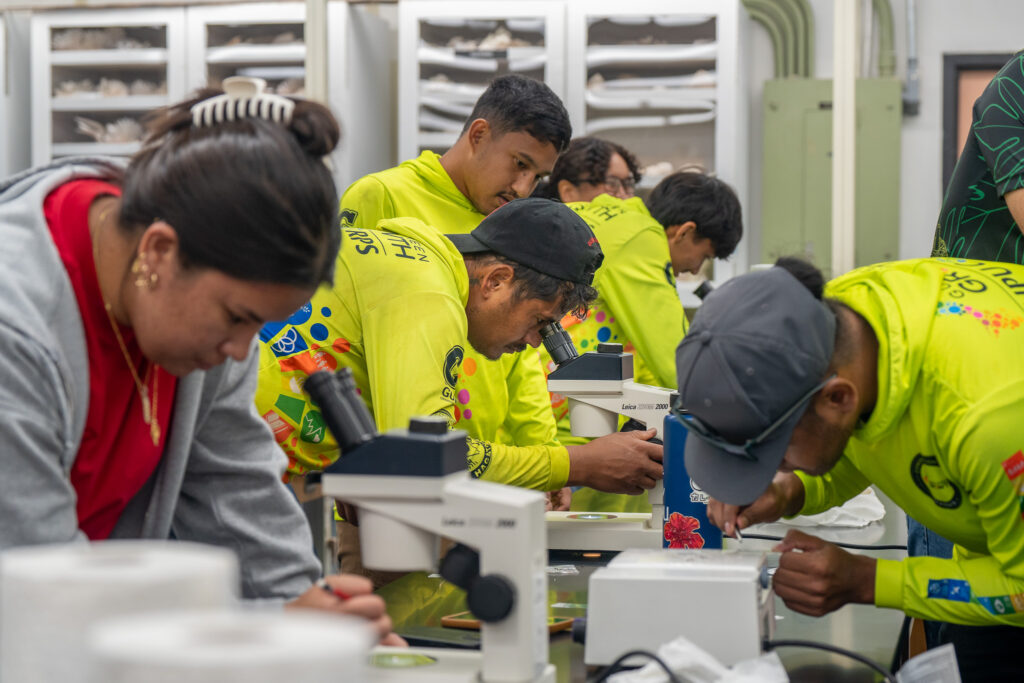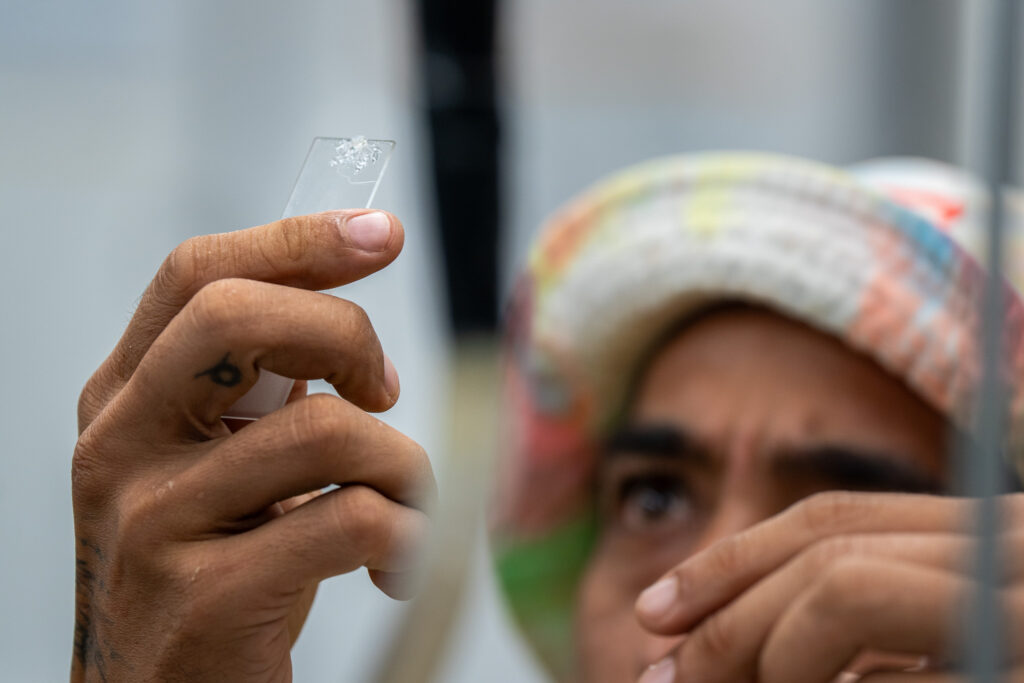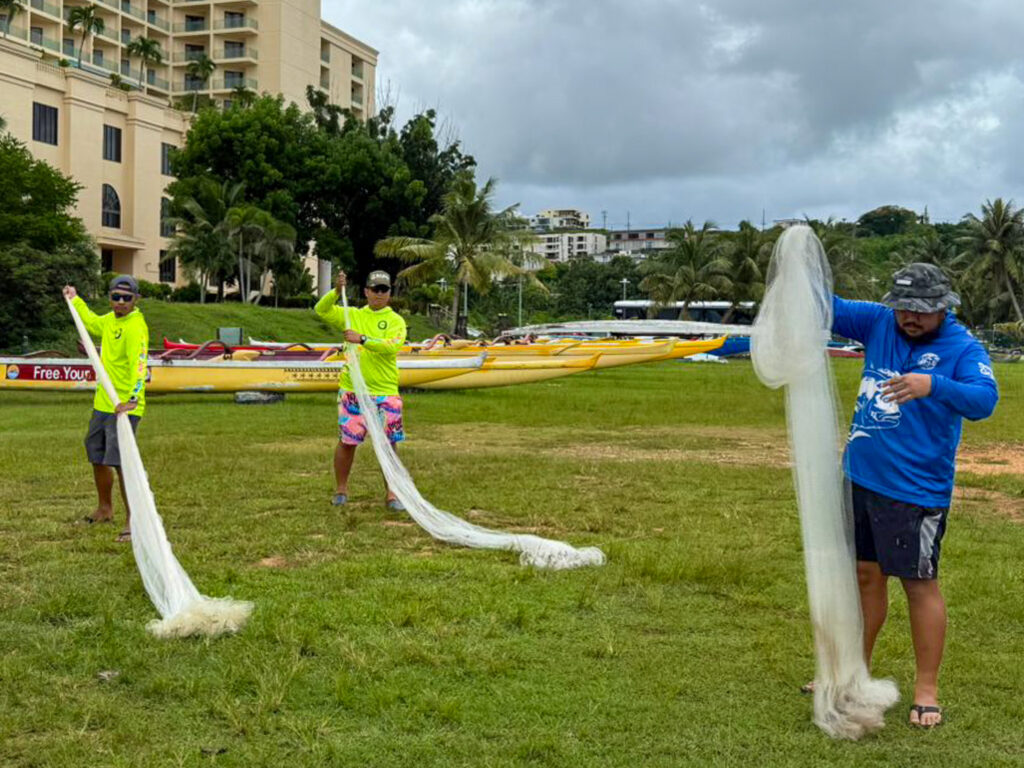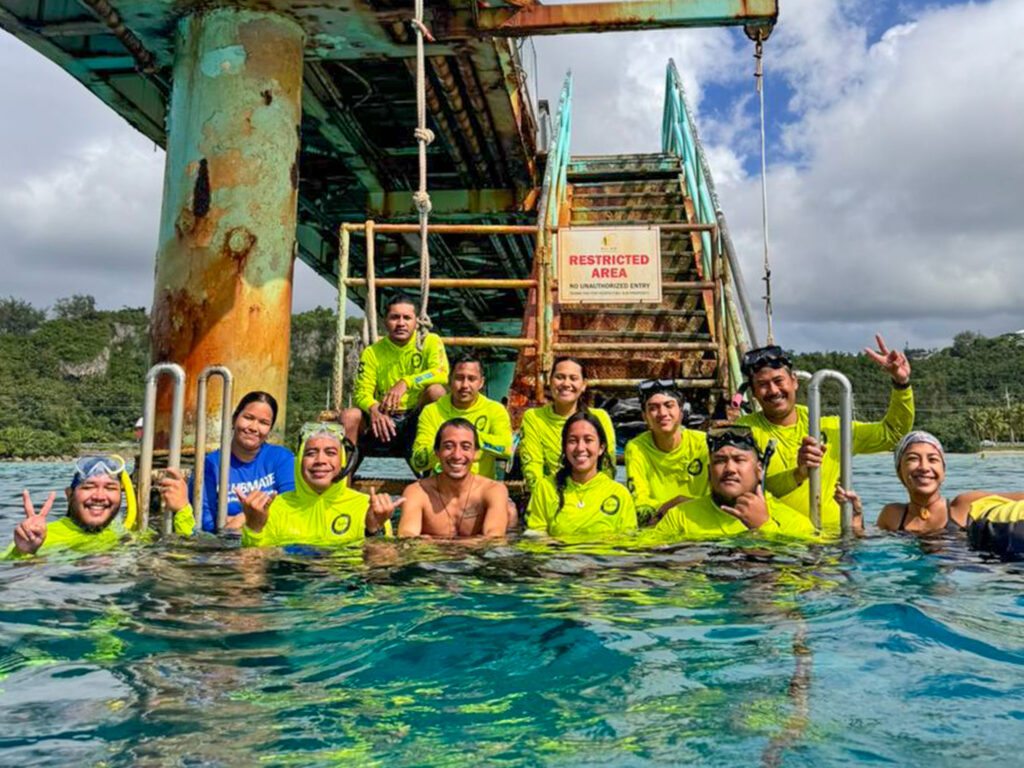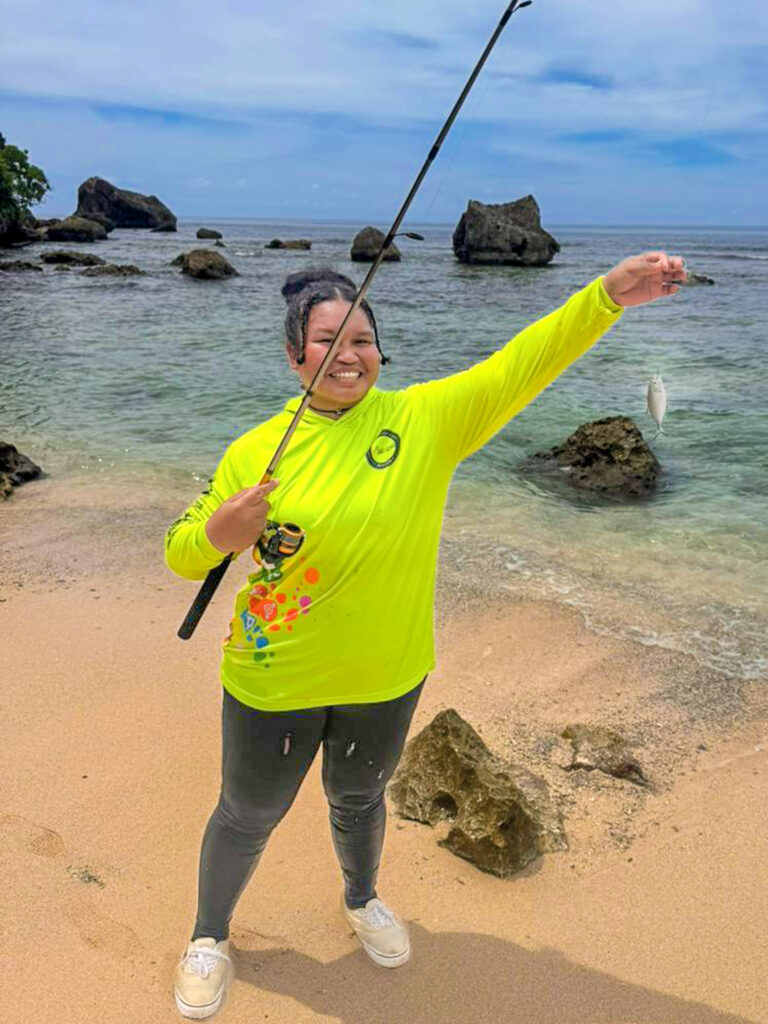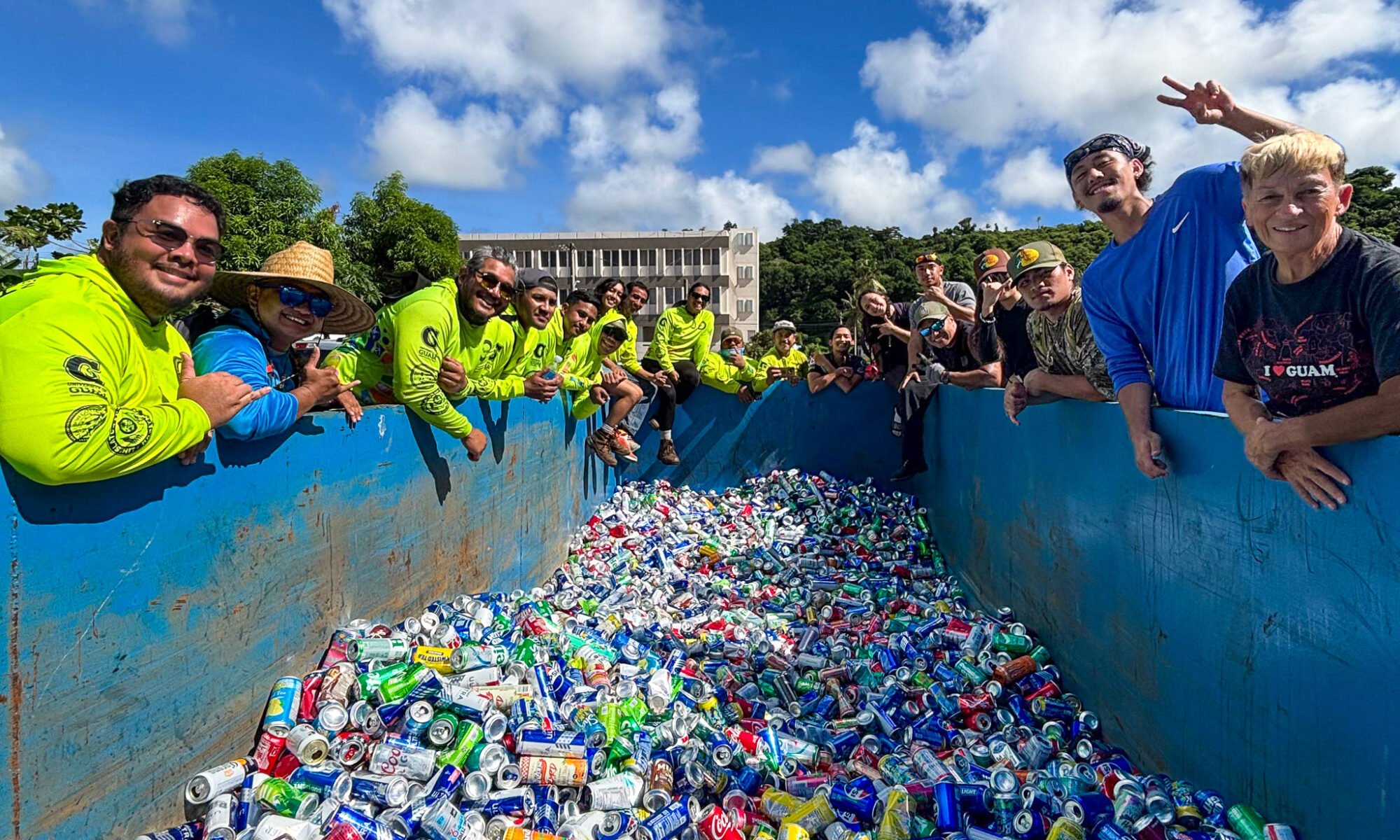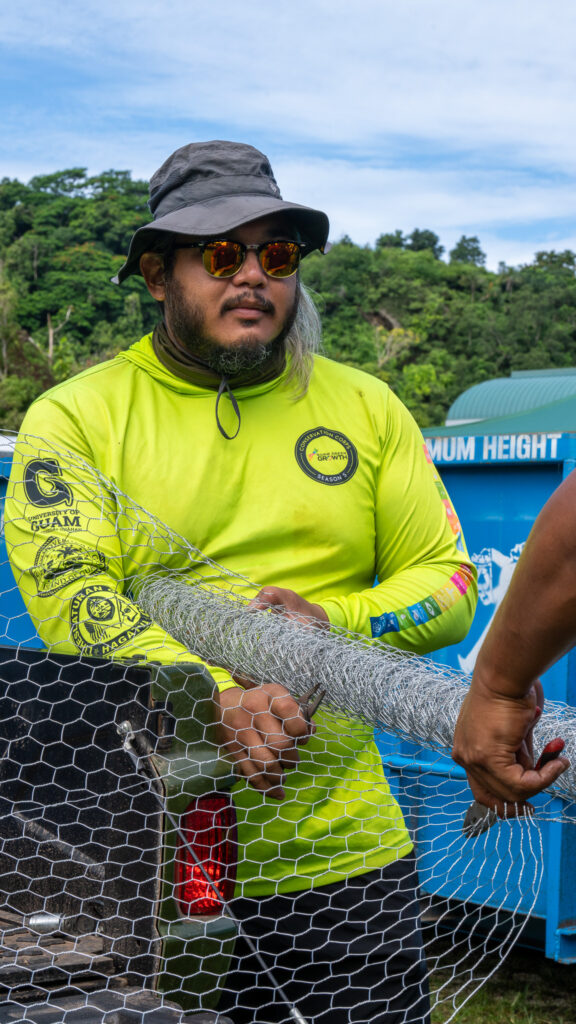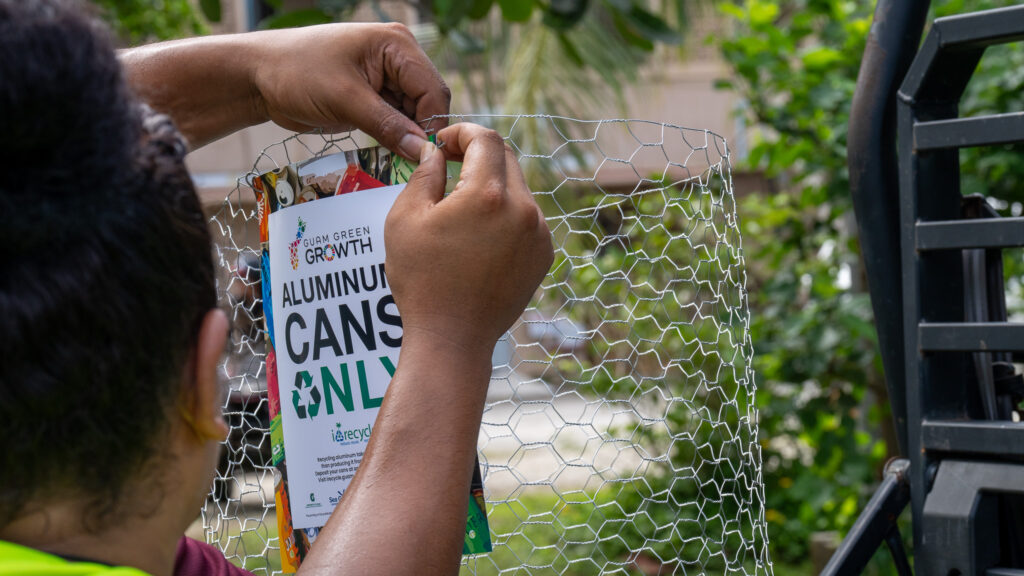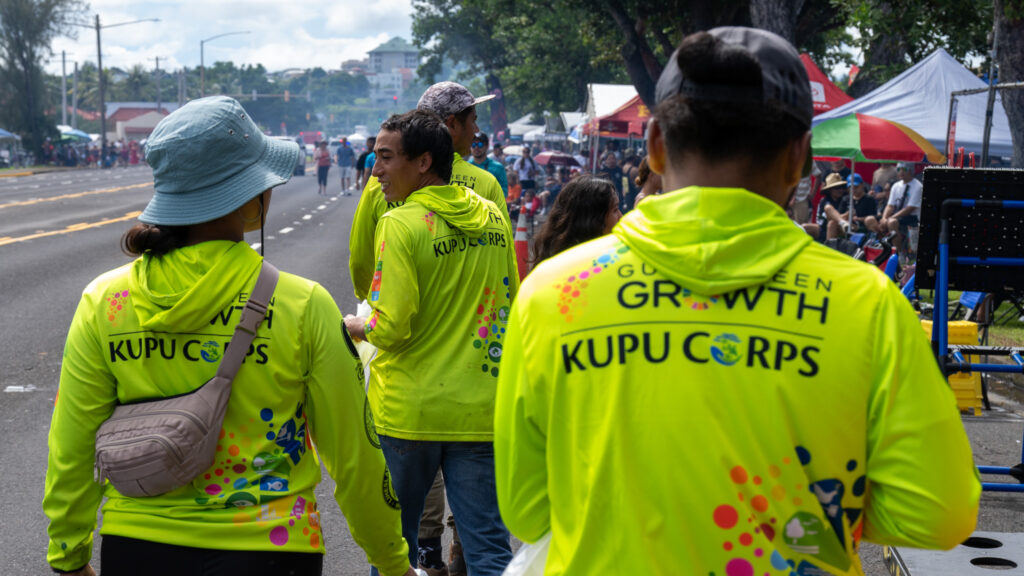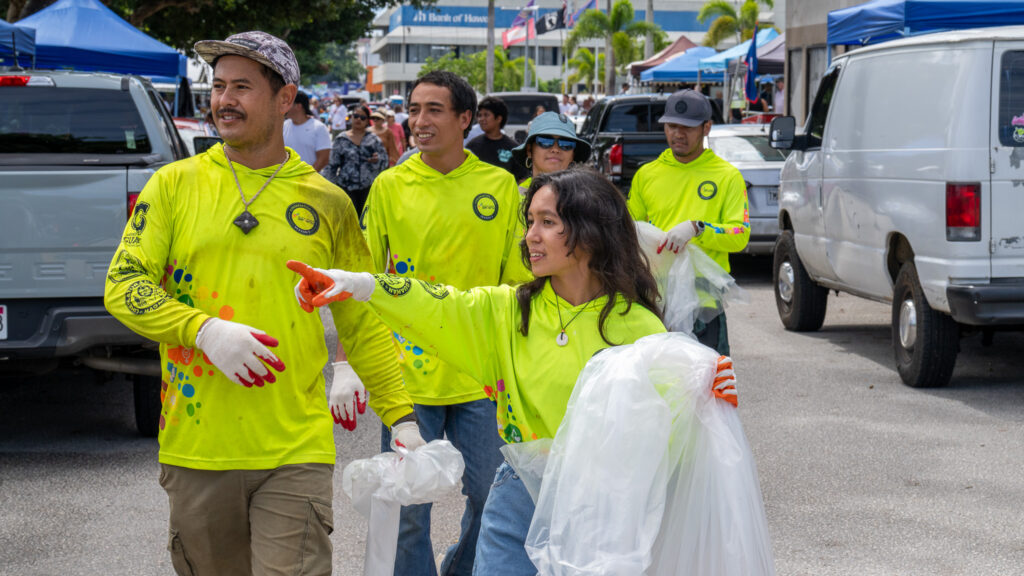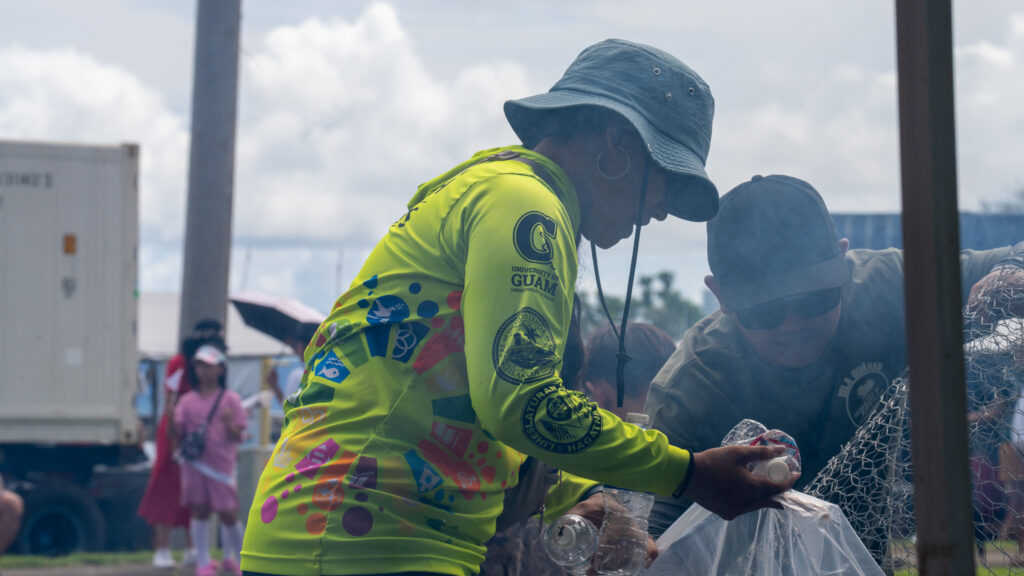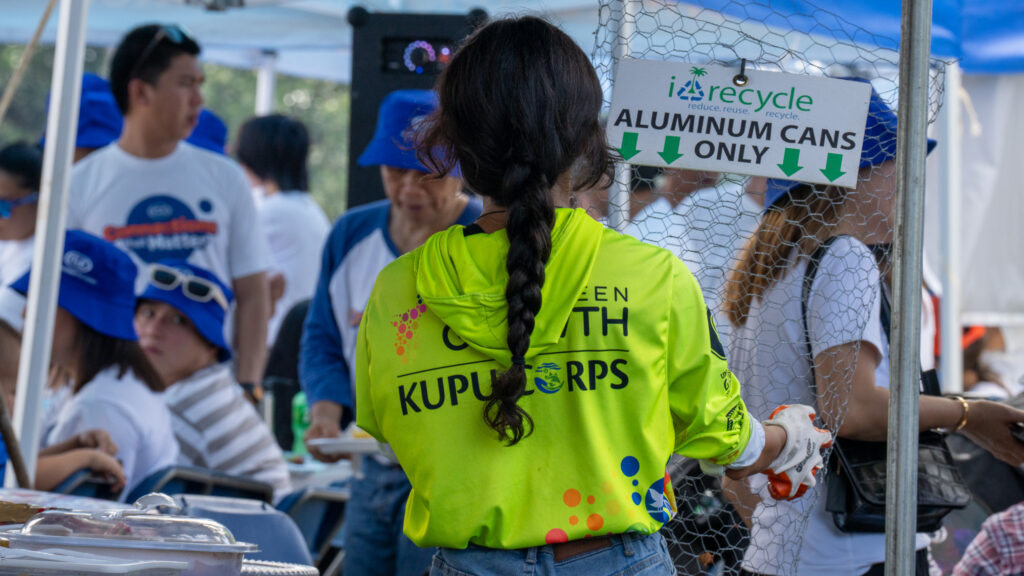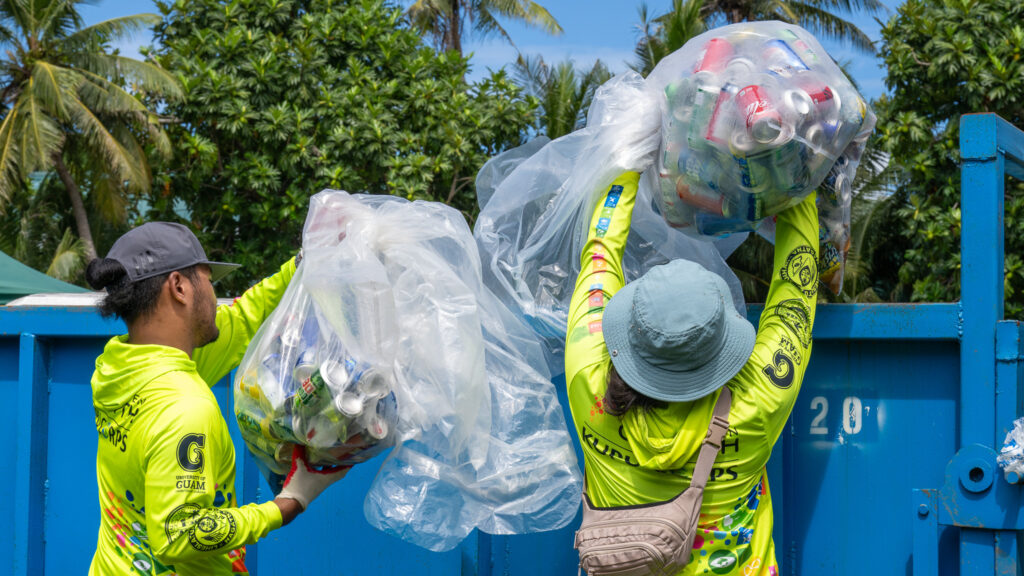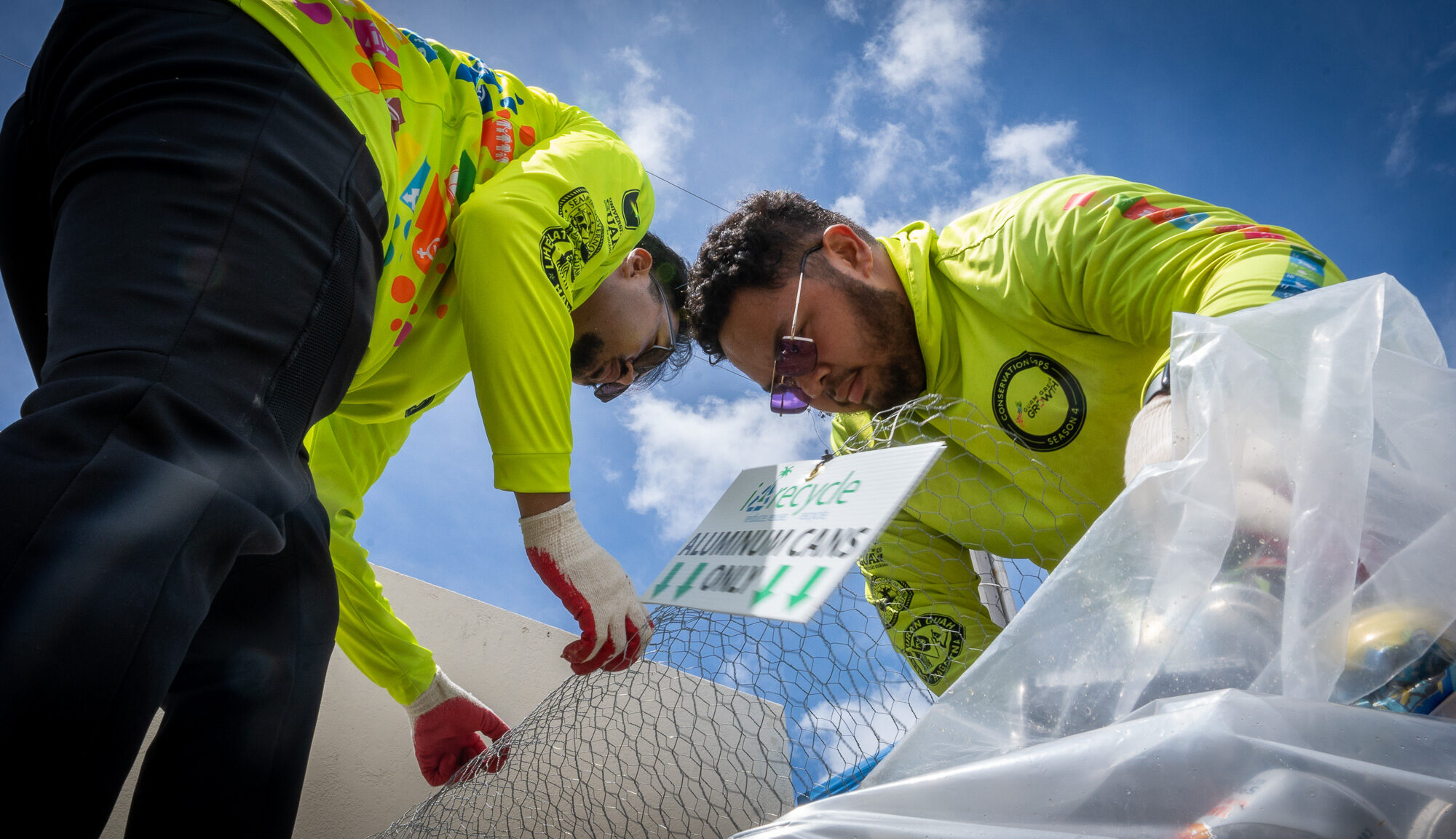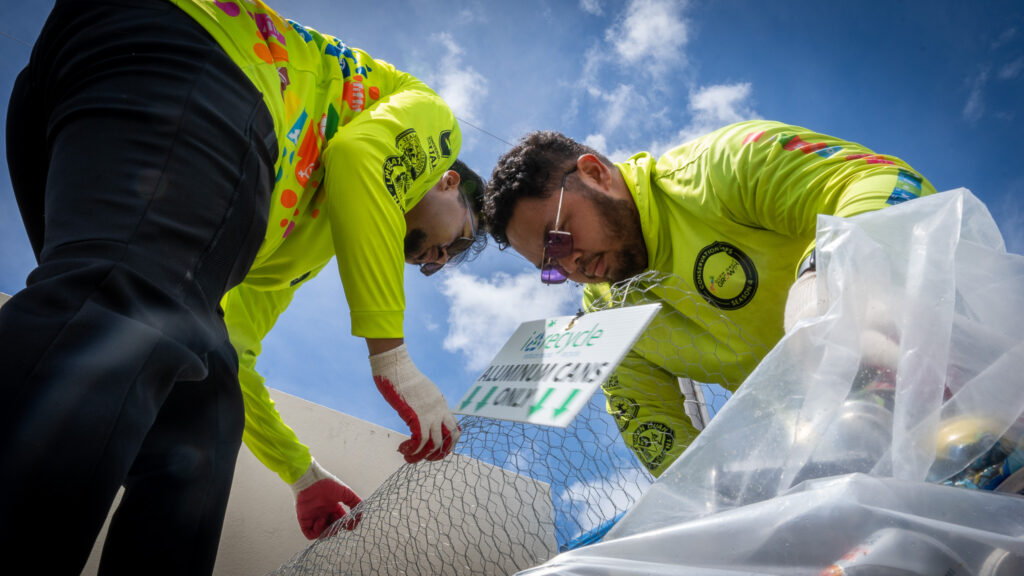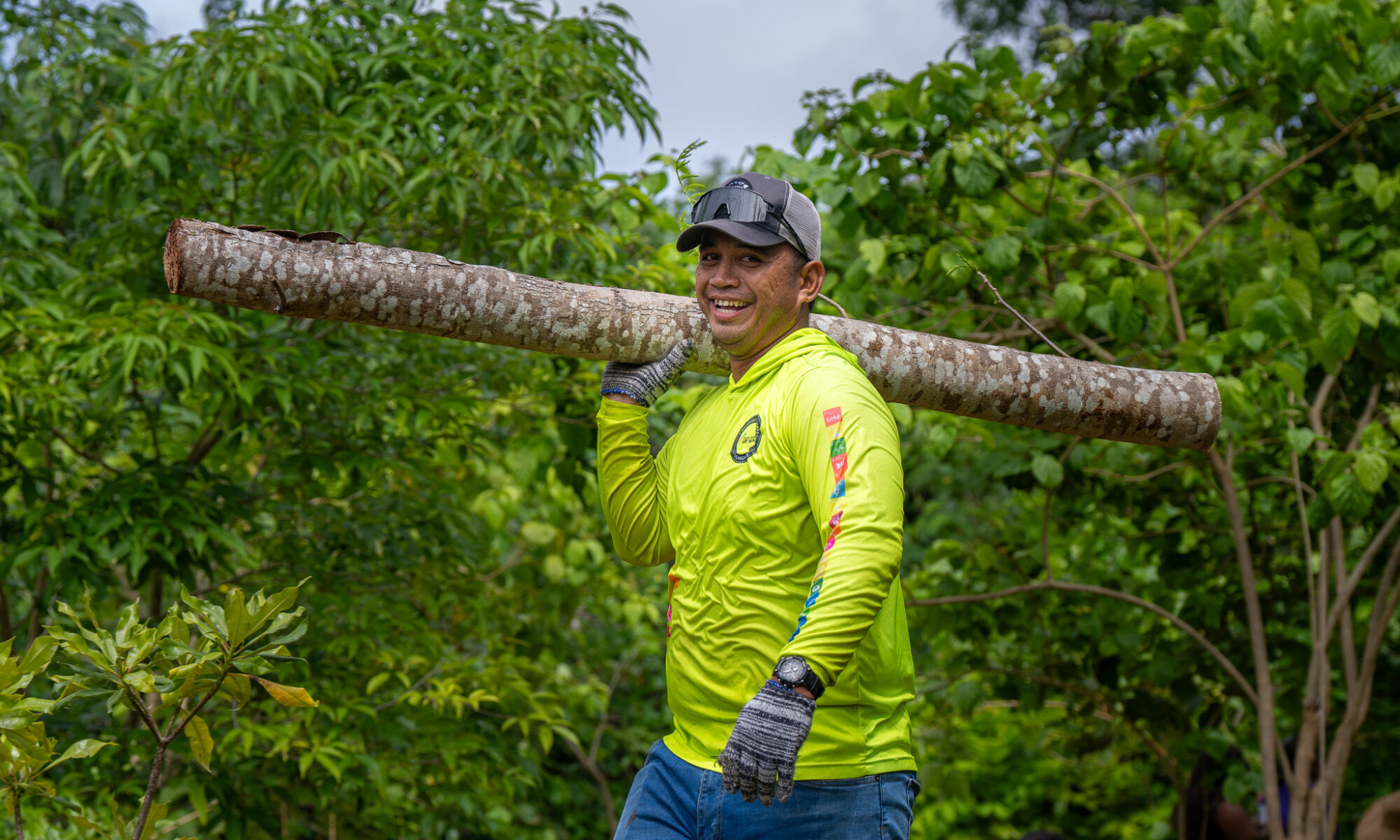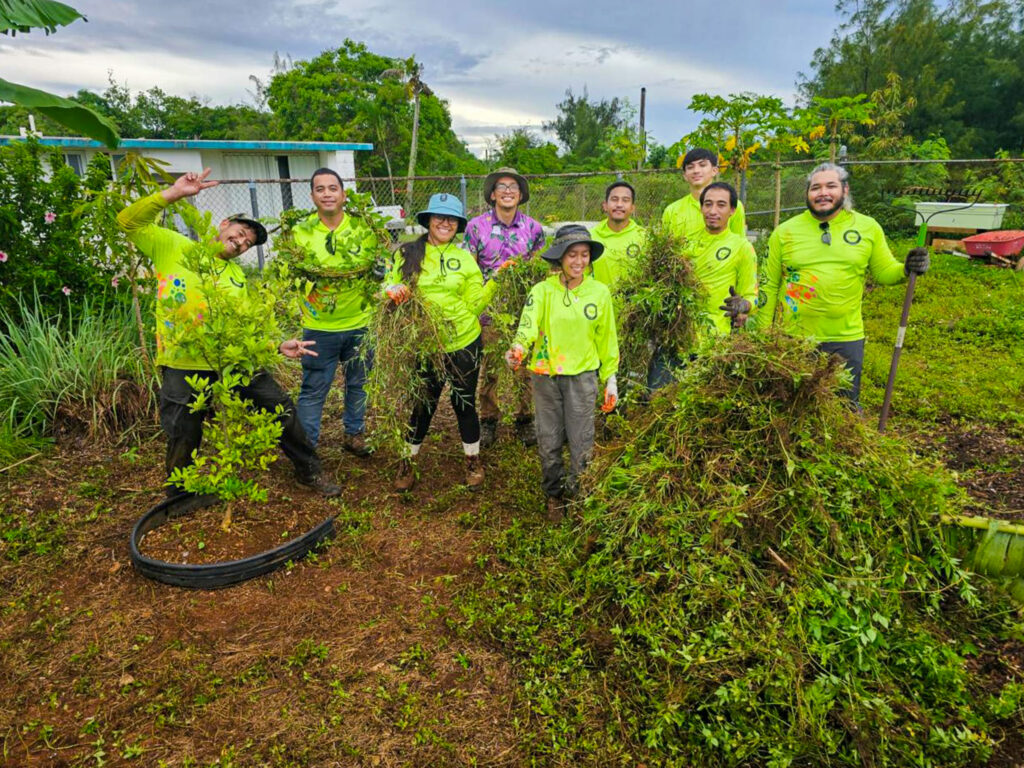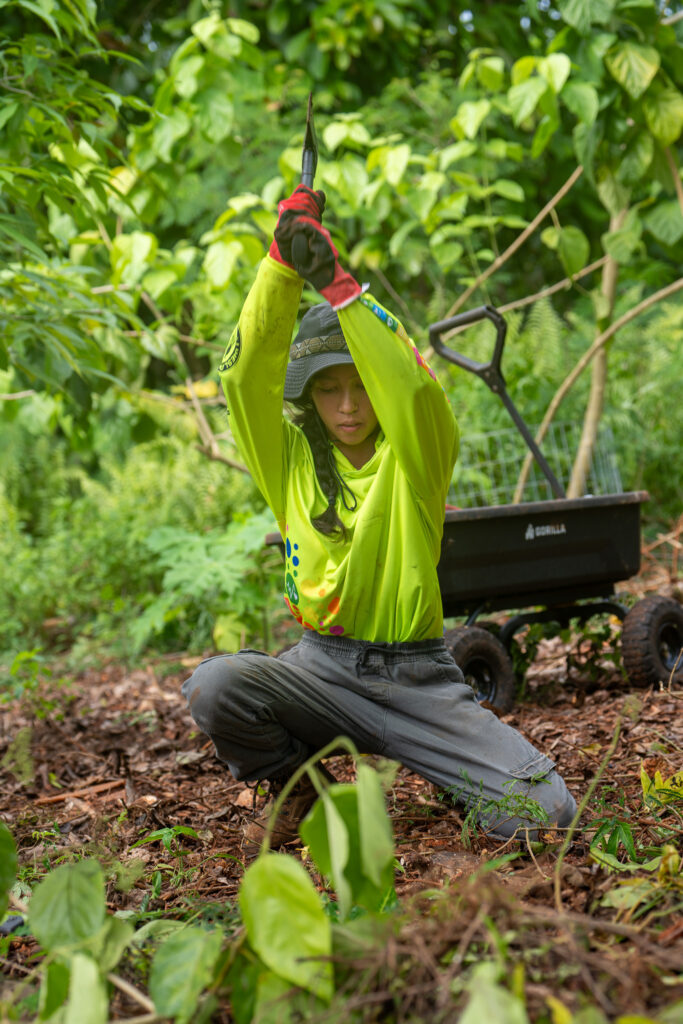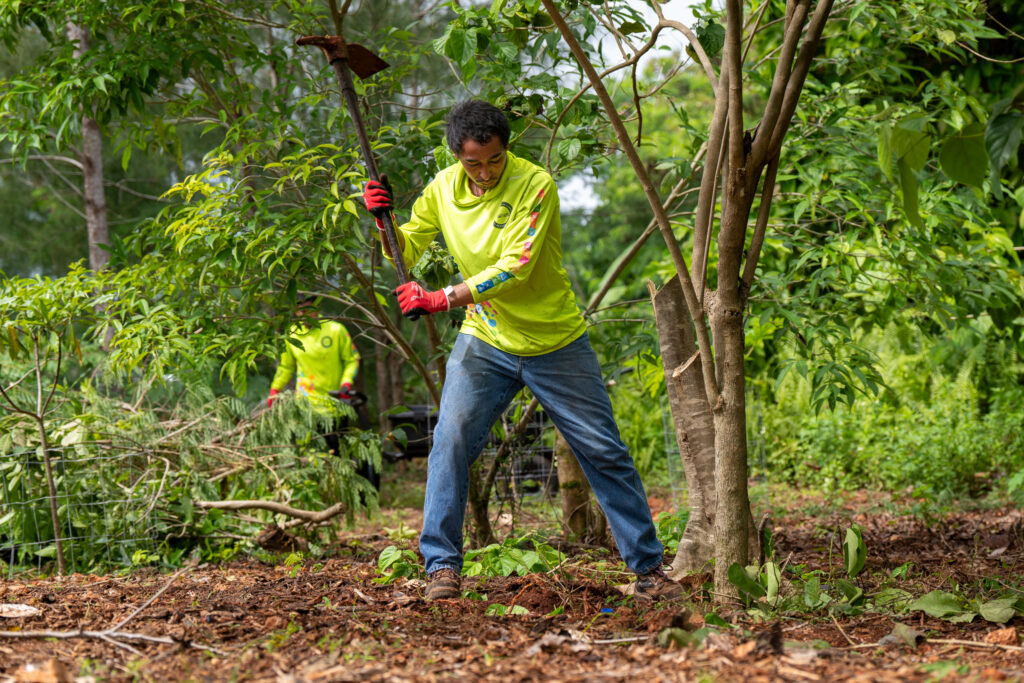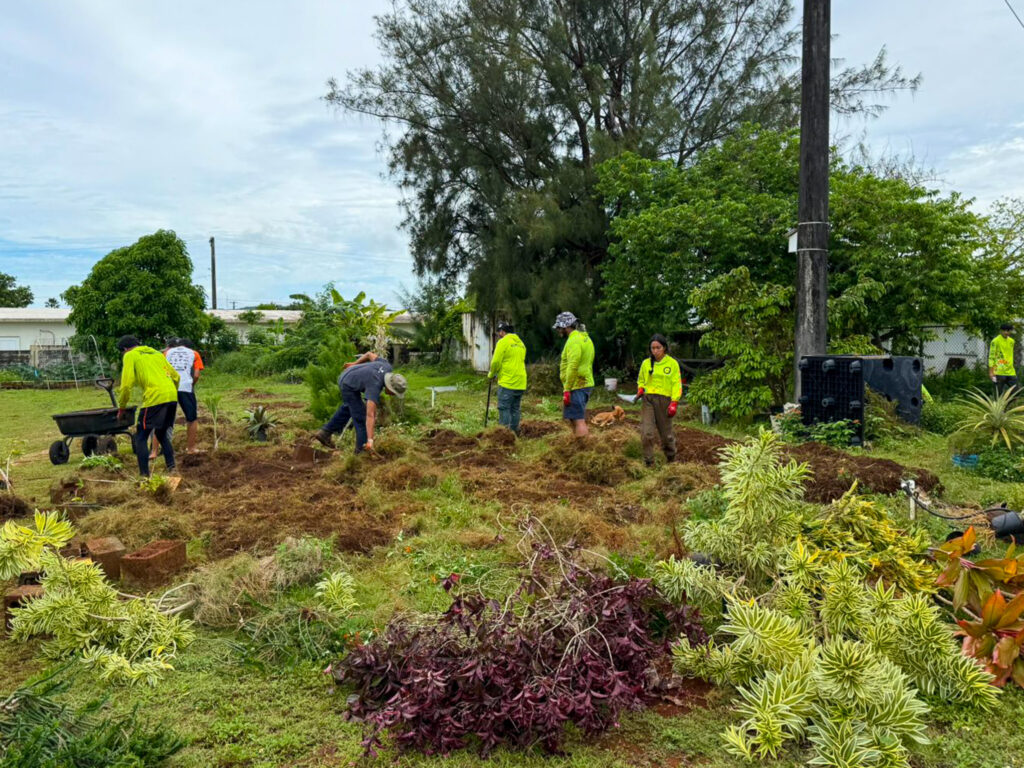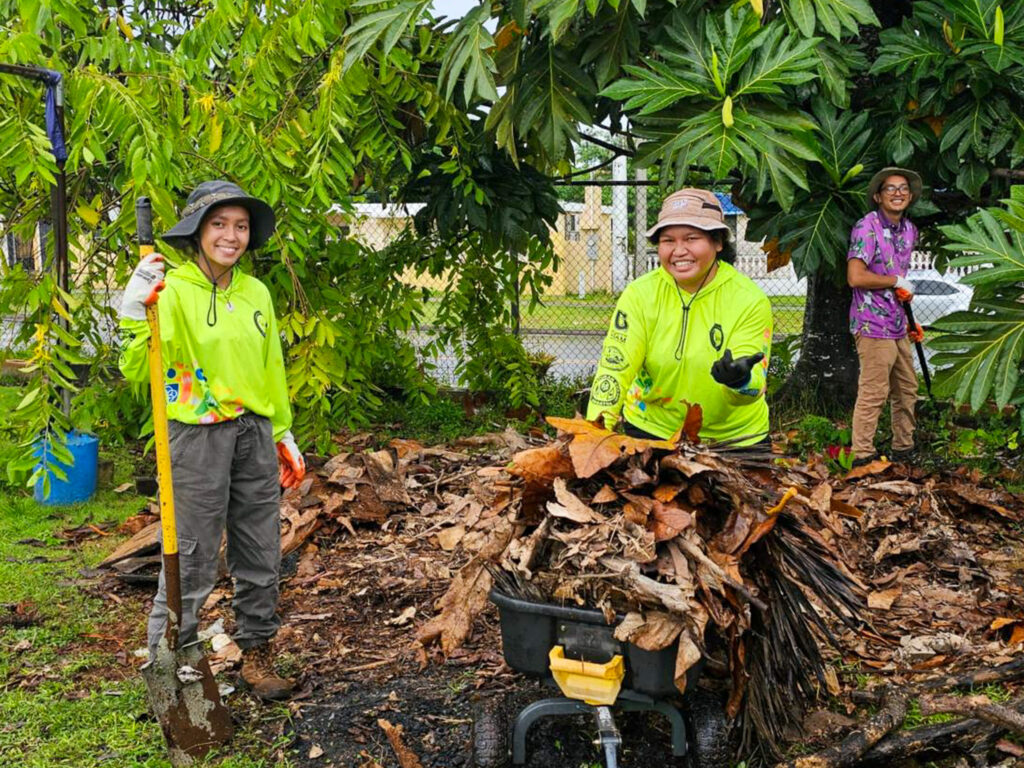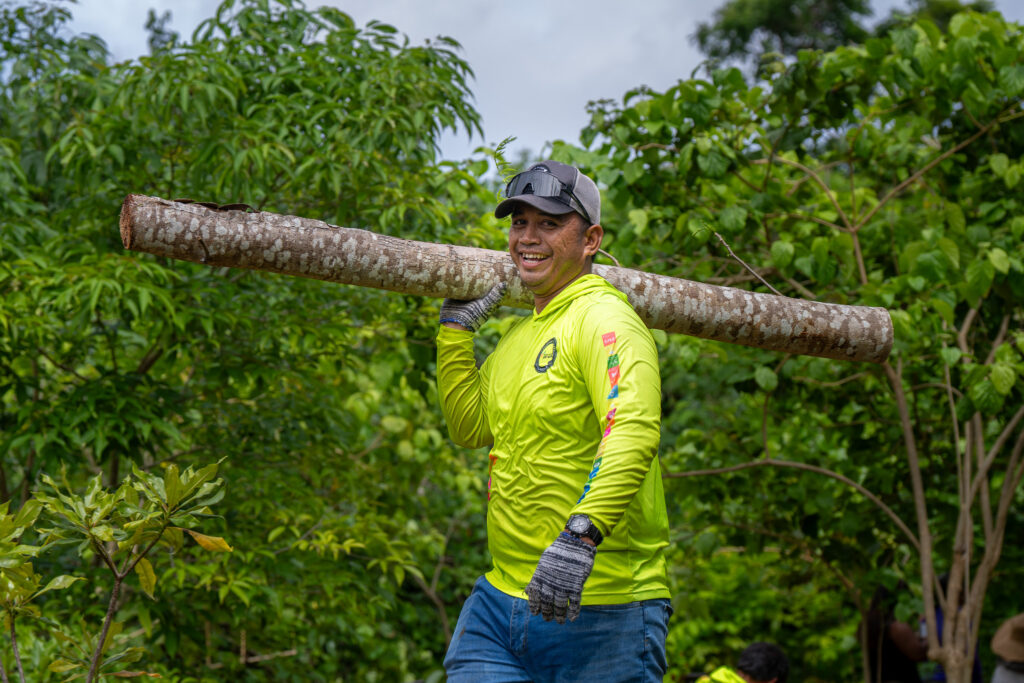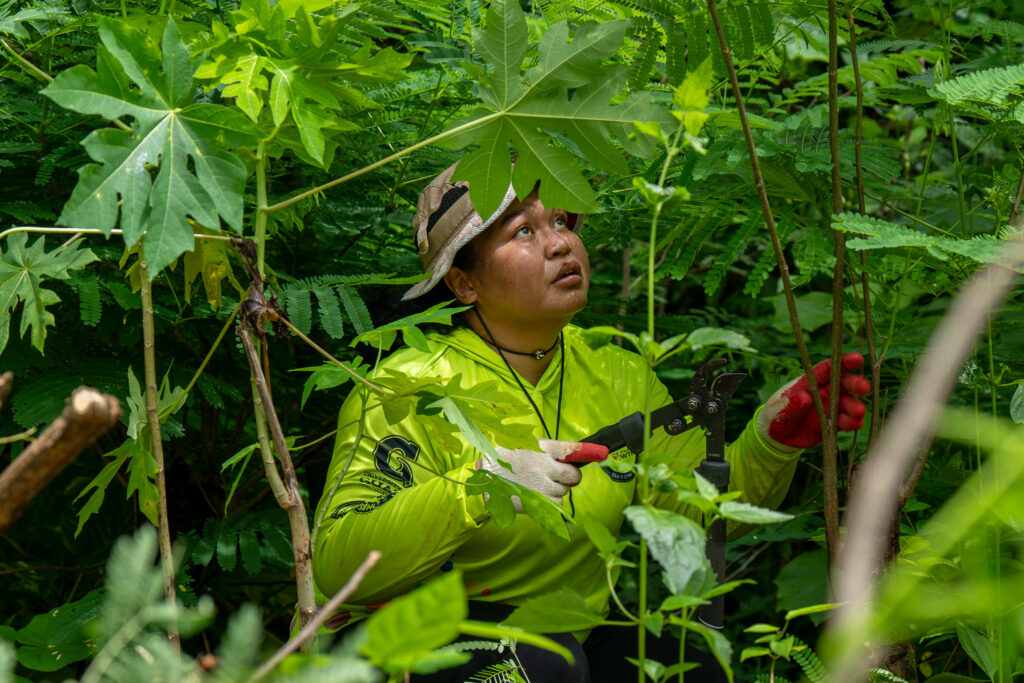G3CC
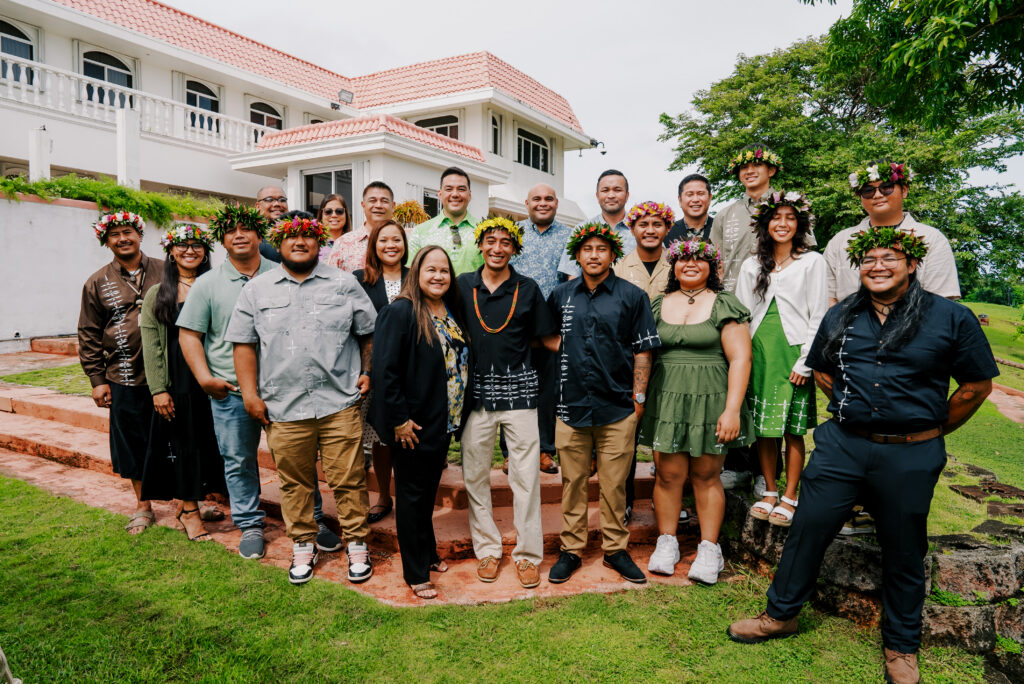
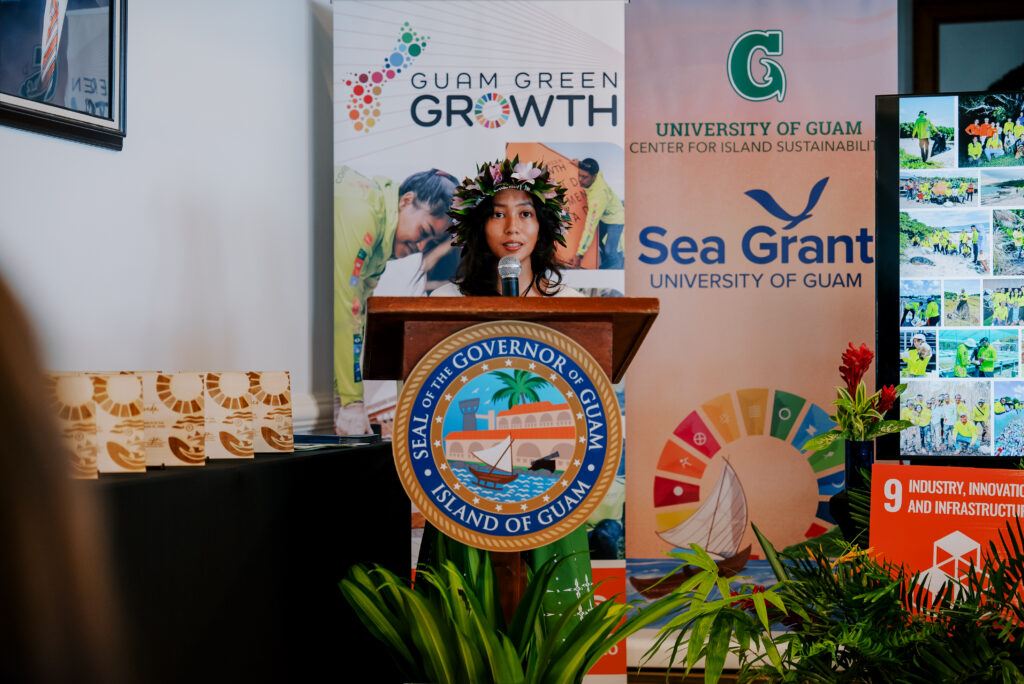

The fifth cohort of the Guam Green Growth Kupu Conservation Corps (G3CC) closed out their journey with a challenge: to take the lessons learned over the past six months and leave a mark, no matter what industry or path they choose next.
The Guam Green Growth initiative, which is facilitated by the University of Guam Center for Island Sustainability and Sea Grant (UOG CIS & Sea Grant), held a completion ceremony this month at the Government House in Agana Heights. For the first time, the Conservation Corps received certificates not only from UOG but also from the Governor’s Office, the Guam Legislature, and representatives from the Mayors’ Council of Guam.
“Make an impact,” Austin Shelton, Ph.D., director of the UOG CIS & Sea Grant, urged the cohort to make their careers more than just jobs.
“Whether you go into specific green economy jobs or go back to some of the industries that you came from— in the business sector, in HR, in administrative work, the food and beverage industry, or in the tourism industry—whatever you choose, you now have a special set of skills that are going to transform you for the rest of your lives but also transform our island,” he said.
UOG Senior Vice President and Provost Sharleen Santos-Bamba, Ph.D., highlighted how past graduates are already driving change across Guam.
“We have past graduates who are in government, in the private sector, who are entrepreneurs, or who have gone on to advance education,” Bamba said. “What that tells me is that they took those experiences and that knowledge and are now circulating it in those different spaces. So keep that in mind as you take your next steps forward,” she told the corps.
Lieutenant Governor Joshua Tenorio applauded the support of the families of the members who he hoped got to share in the experience.
“I hope that as we celebrate you in front of your families, that they get a little bit more understanding of what you’ve been doing,” said Tenorio. “I think that at the end of the celebration, they’re going to take away a lot of pride knowing that their loved one is on a mission and with a purpose to make Guam better.”
Season 5 class-elected speaker Eyana Pereda shared how the program reshaped her perspective.
“It’s one thing to know about an issue and care about it … but nothing compares to being a part of [a solution to the problem] firsthand,” Pereda said. She recalled her G3CC experience assisting in sorting of waste—she said this is where the constant influx of waste revealed “the reality of our broken system.”
The experience, she said, made her rethink how she consumes and disposes of trash daily. “What was the great thing about being a part of this corps? We were brought onto this team to work towards a better Guahan,” Pereda said.
G3 Kupu Conservation Corps Season 5 Graduates:
- Christian Arriola
- Curtis Robert Bukikosa
- Joshua Cepeda
- Marrae Cruz
- Mi’yah Max
- Eyana Pereda
- Matthew Pangelinan
- Nicolas Quinata
- John Reynold
- Gideon Tyquiengco
- Carl Del Rosario
- Tristan Ruway
Kyle Mandapat, MBA, associate director for communications and community engagement at UOG CIS & Sea Grant, emphasized the program’s growing momentum.
“This program has been going for five seasons strong thanks to the support of our legislature, the governor’s office, and UOG leadership,” Mandapat said. “Today, about 85 percent of our graduates have moved into green economy jobs or have returned to higher education.”
According to Mandapat, G3 hopes to launch recruitment for the sixth season this December. Mandapat credited the hard work of the UOG CIS & Sea Grant Community Engagement Team, led by Annania Nauta-Kemp, and the amazing line of community partners and host sites with the continued success of the program.
Upon completion, participants received a stipend and the opportunity to earn up to 80 continuing education units (CEUs) from UOG Global Learning and Engagement. They also gained hands-on experience with a wide range of environmental organizations and initiatives across Guam and the broader Micronesia region.
More information about the work of season five and the upcoming sixth season can be found online at guamgreengrowth.org.




